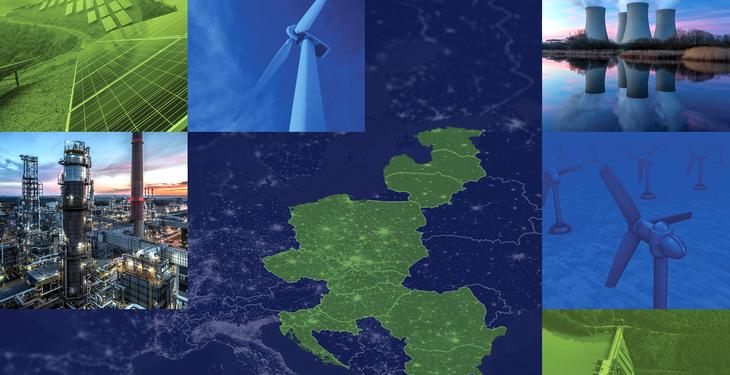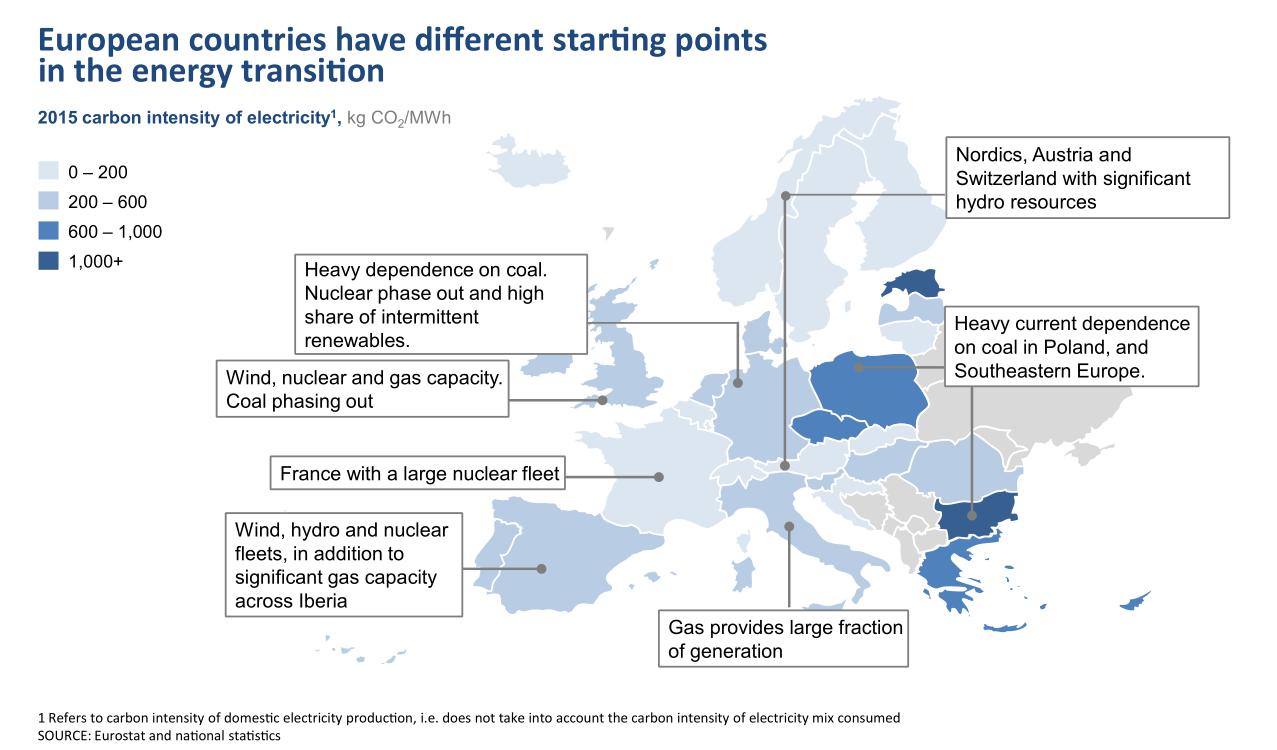The costs of the energy transition are enormous and there is a clear need to increase the spending for the transformation of the European energy sector, writes Maciej Jakubik, Executive Director of Central Europe Energy Partners – CEEP, in the latest report of the think-tank. The significant investments into the transformation could stimulate economic growth and therefore form a part of the European recovery scheme after the COVID-19 outbreak, notes Jakubik as an argument in favor of the increase of the Just Transition Fund.
In the last few years, the concept of Just Energy Transition has emerged as an improvement of the plain Energy Transition concept. The new flavor assumes that the decision-makers should focus on those regions and countries which rely to a more significant extent on fossil fuel production or extraction and, at the same time, have a lower level of economic development. “Obviously, for them, the transition journey will be longer, more challenging and importantly, more costly”, writes Maciej Jakubik.
More money
In its current proposal from the European Commission, the Just Transition Fund has EUR 7.5 bn for the period 2021 to 2027 for the whole EU. It constitutes only a small part of the total needs, considers CEEP. “If we consider the modest estimations of an annual requirement for EUR 100 bn, this means that the JTF constitutes only 1% of the total funding requirements”, writes Jakubik after reviewing various models of estimating the costs of energy transition.
- 145 bn/year (2021-2050), by ITRE committee
- 177 bn/year (2021-2030), by Clean Energy Legislation
- 89-111 bn/year (2020-2030), by Eurelectric
- 175-290 bn/year (2020-2050), by The Long Term Climate Strategy
The circulation of different numbers before the announcement of the proposal indicated that the targeted amount was between EUR 15 and 30 bn. CEEP, in its paper in January 13, 2020, called for EUR 25 bn. The more, if the Commission is examining the increase of GHG reduction targets by 2030, it should go in parallel with an adequate expansion of the fund.
Fresh money
What’s also important, writes Maciej Jakubik, is that a large share of the funding should constitute “fresh money”. “It should not be reallocated from European Regional Development Fund – ERDF and European Social Fund Plus – ESF+ (for each EUR 1 from JTF, EUR 1.5-3 from the cohesion envelope). It is a discussable provision which can discourage local authorities from applying for funds and therefore should be optional and not mandatory”, considers Jakubik.
Beware the distributional effects
He also urges we should look at the distributional effects more closely. According to the proposal, the EU-11 countries will receive only 60% (4.5 bn euro) of the total amount of the fund whereas the biggest and richest EU countries will have an allocation of almost 30% (2.17 bn euro). “One can conclude that the implementation of the GDP adjustment factor is not correct here.”
In addition, as many countries of the Central Europe region still largely depend on coal and lignite (Poland, Czech Republic, Bulgaria, Romania; Estonia depends on oil shale) their transformation will be more complex and will generate higher costs. At the same time, the national and local budgets, due to the lower than EU average GDP level, are not significant, and so without the external support, their transition journey could result in a surge in energy prices and social instability. The analysis of the more ambitious European Green Deal targets, particularly the increase of Greenhouse Gas (GHG) reduction target by 2030 to 50-55%, are urgently needed to accurately assess its impact on the energy systems and economy of the Central European countries. “What we can expect is the rise in prices of CO2 allowances to the level above EUR 30 which will make most of the conventional power plants unprofitable and could lead to their early closure and, as a consequence, provoke a sharp increase of rate of unemployment and undermine security of supply level”, warns Maciej Jakubik.

